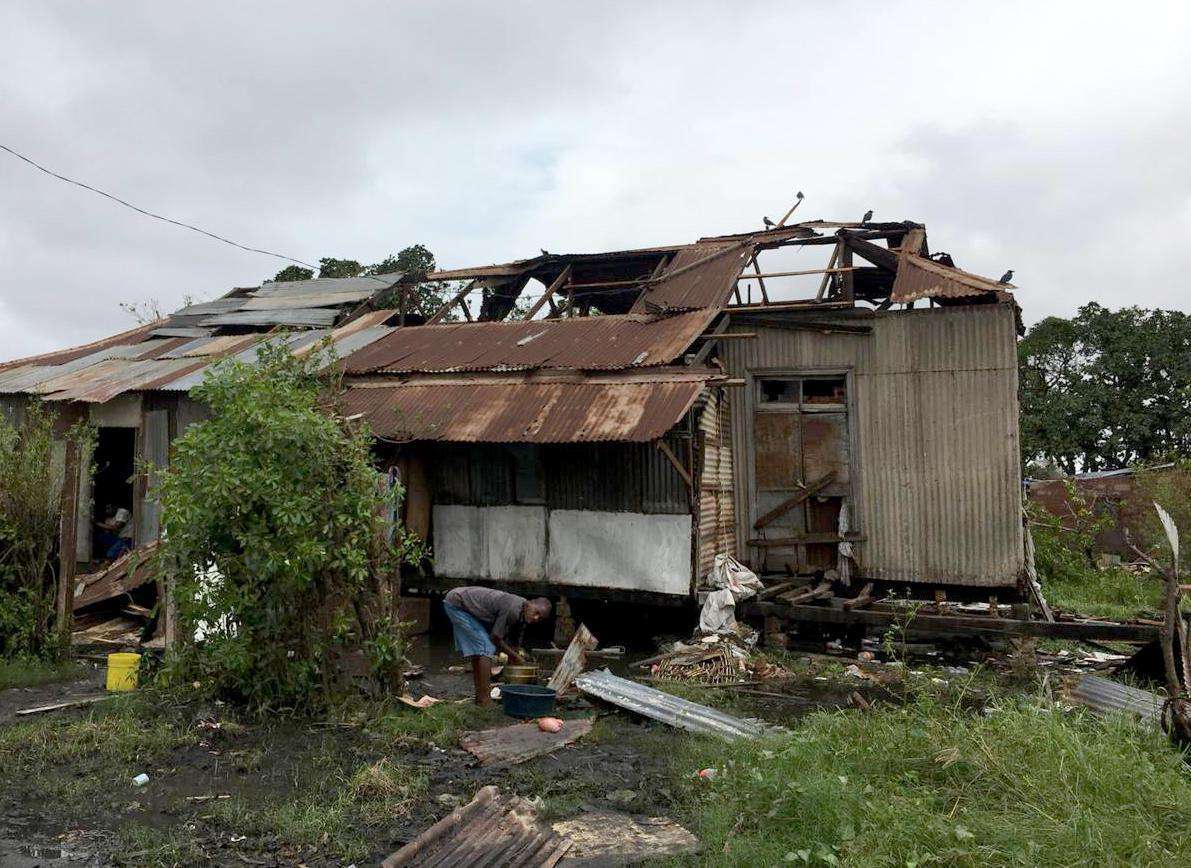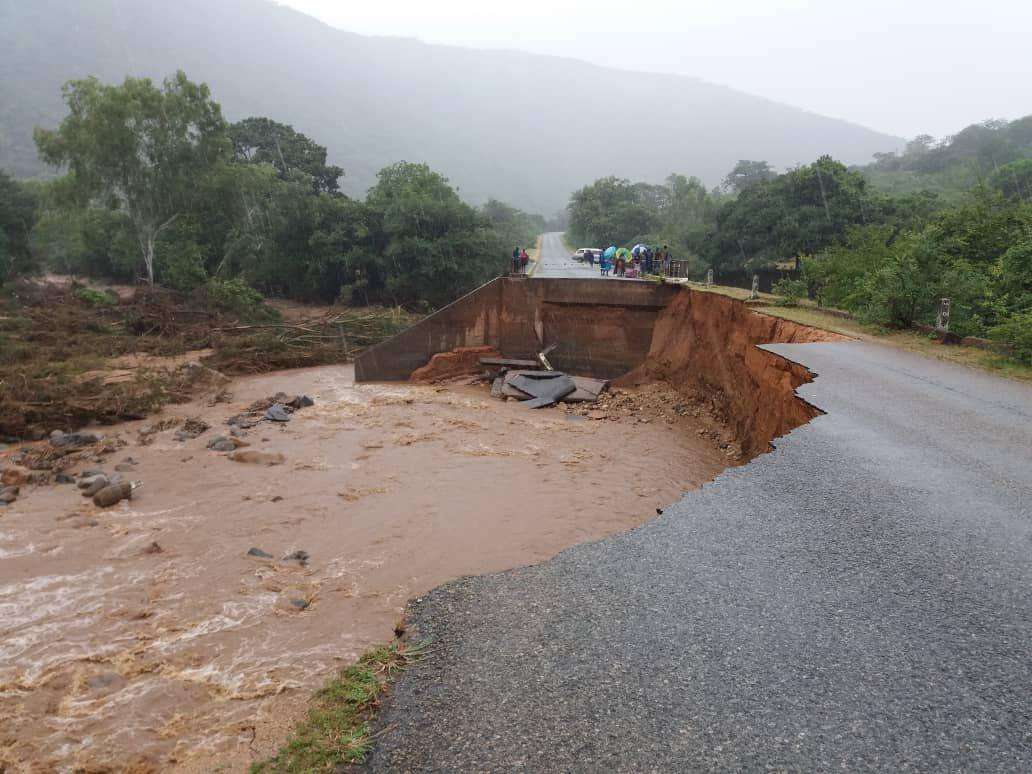BEIRA/NEW YORK, MARCH 19, 2019—Teams with the international medical humanitarian organization Doctors Without Borders/Médecins Sans Frontières (MSF) are responding to the devastating floods in southern Africa following Cyclone Idai, which hit the region late last week. The first members of the MSF emergency team arrived yesterday in Beira, Mozambique, a port city of half a million people that was hit particularly hard by the cyclone and subsequent flooding. Additional MSF staff are en route and expected to arrive in the region within the next two days.
MSF teams are responding to the cyclone in Mozambique, Malawi, and Zimbabwe. Based on what our teams are seeing so far, a significant emergency response will be needed, including medical services and water and sanitation support.
In Mozambique, MSF has been unable to restart HIV care provided at Beira hospital, which remains severely damaged and only partially functional. Despite conditions at Beira hospital, Ministry of Health staff have treated more 1,500 injured people—a clear indication of the intensity of the situation. Officials have said they expect the death toll to surpass more than 1,000 people in Mozambique alone.
Gert Verdonck, MSF emergency coordinator in Beira, Mozambique, said the following today about the situation:
“The first thing you see when you arrive is destruction—and a lot of water. We hear that the situation outside the town may be even worse. But in the limited time since we arrived, we’ve focused on trying to understand the situation and needs in this city, as there are some 500,000 people who live here and most houses are damaged or destroyed.
The water system is out of service, so there are large areas where people are really finding it difficult to find sources of clean water. Especially in the most densely populated and poorest neighborhoods.
Life goes on, sort of. People go back to work and start to look for food, but you see uprooted trees everywhere lying on the ground, you see people trying to repair their homes, you see people trying to cover the hole where there used to be a roof.
It is still raining hard. I am sure it is going to be a while before the water recedes.
It’s difficult at this stage to have a clear picture of the medical needs. Actually, it’s even difficult to get to the health centers, because the roads are destroyed or because the health centers themselves are destroyed. I think that’s our biggest challenge right now. And it’s also a challenge for the Ministry of Health, which is trying to re-establish health care as quickly as possible.
Waterborne disease is certainly a worry here. People are using well water with no chlorination, and that water is unlikely to be clean and safe to drink. Those with more money can still buy bottled water, but not everyone can afford this. It is still raining right inside people’s houses, so pneumonia and other respiratory diseases are going to be a problem. And many people have gathered in schools or churches, where respiratory diseases can easily spread.
On top of all of that, there’s the issue of how to treat people who fall sick—with so many health centers damaged or destroyed.
But really, and I want to stress this point, it is too early to paint a clear picture of the exact health needs. We’ll start responding to the main needs we see, but at the same time we’ll be developing a better understanding day by day of where our assistance can have the most impact, and we’ll scale up our response accordingly.”
Stay informed
Get the latest updates on our work





